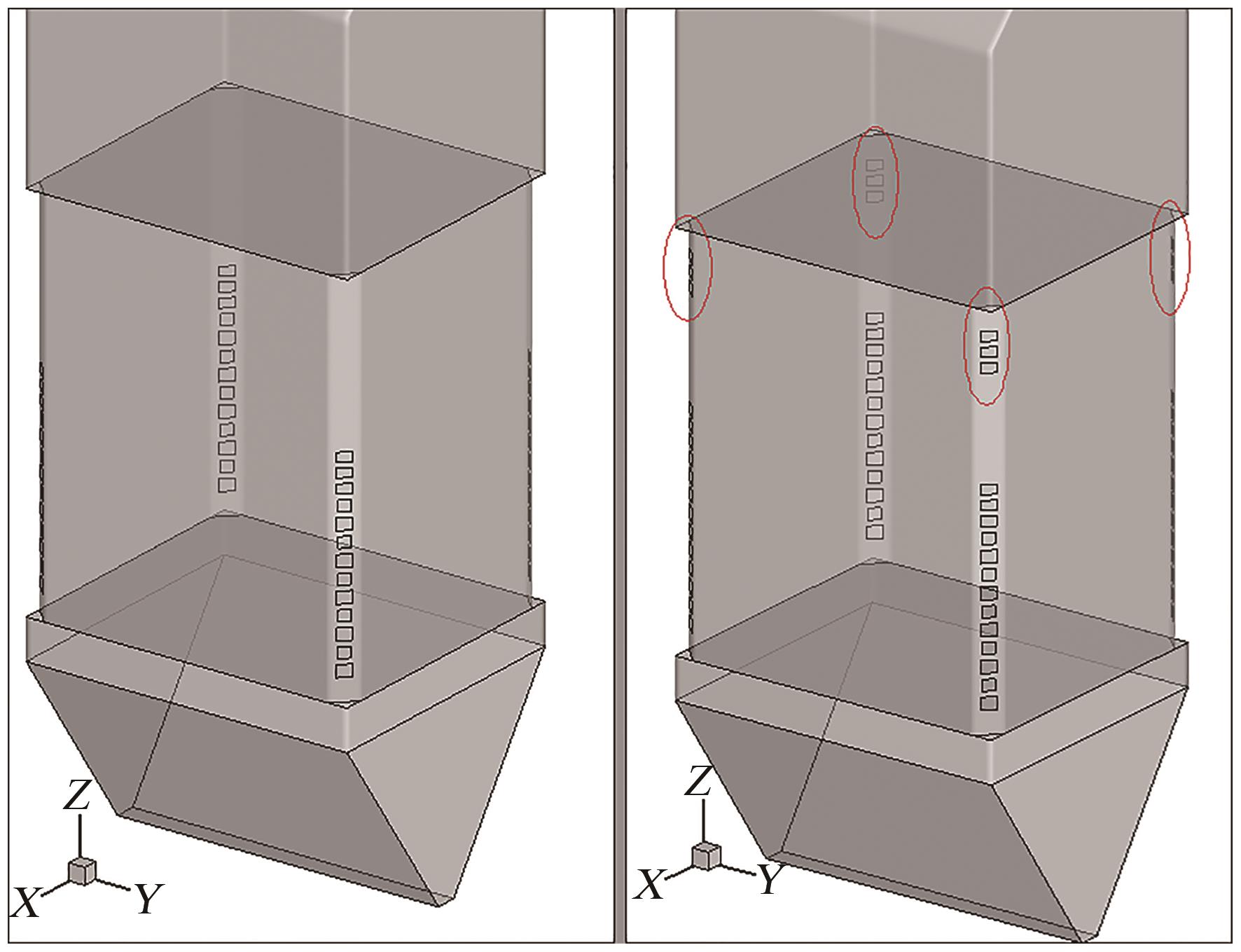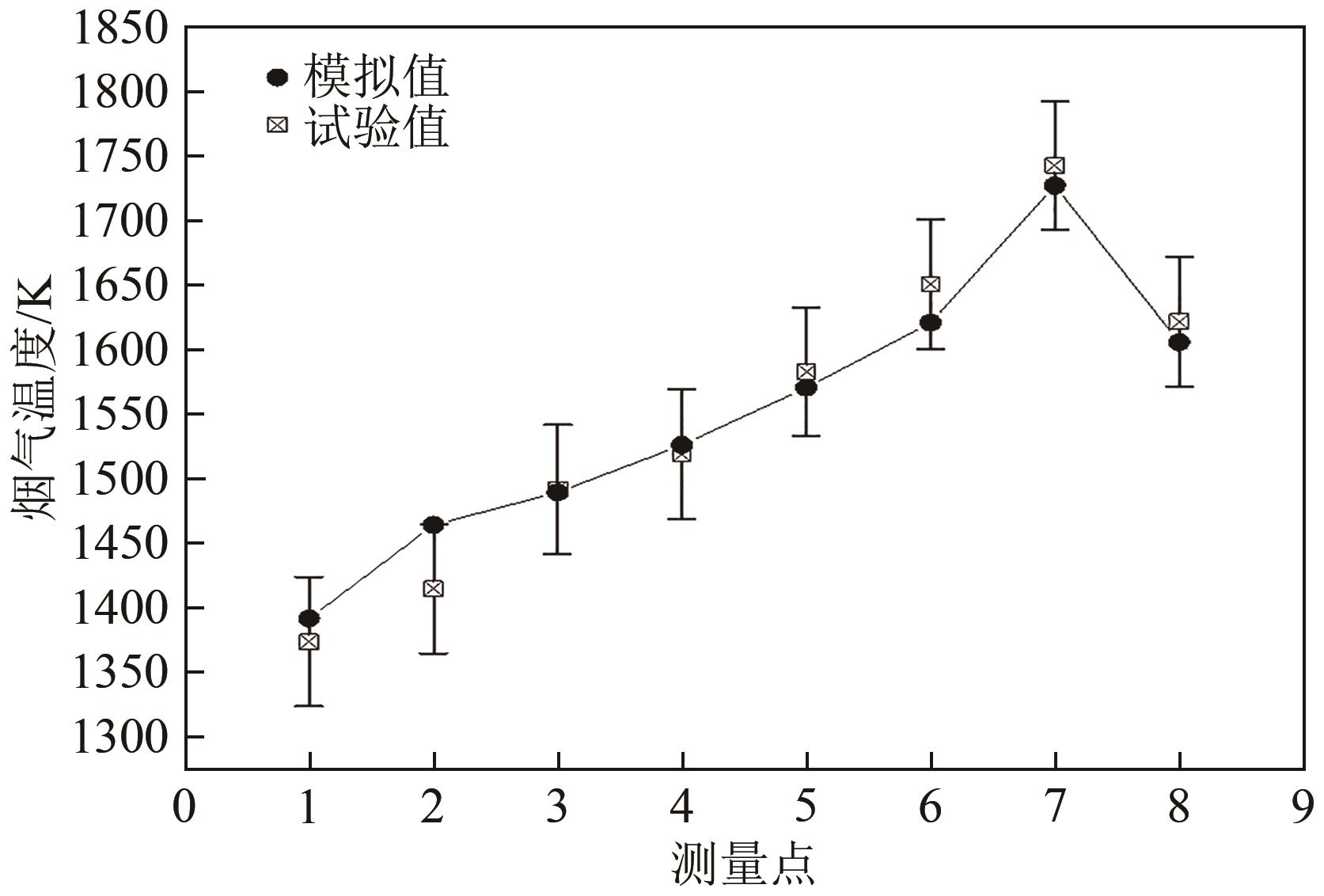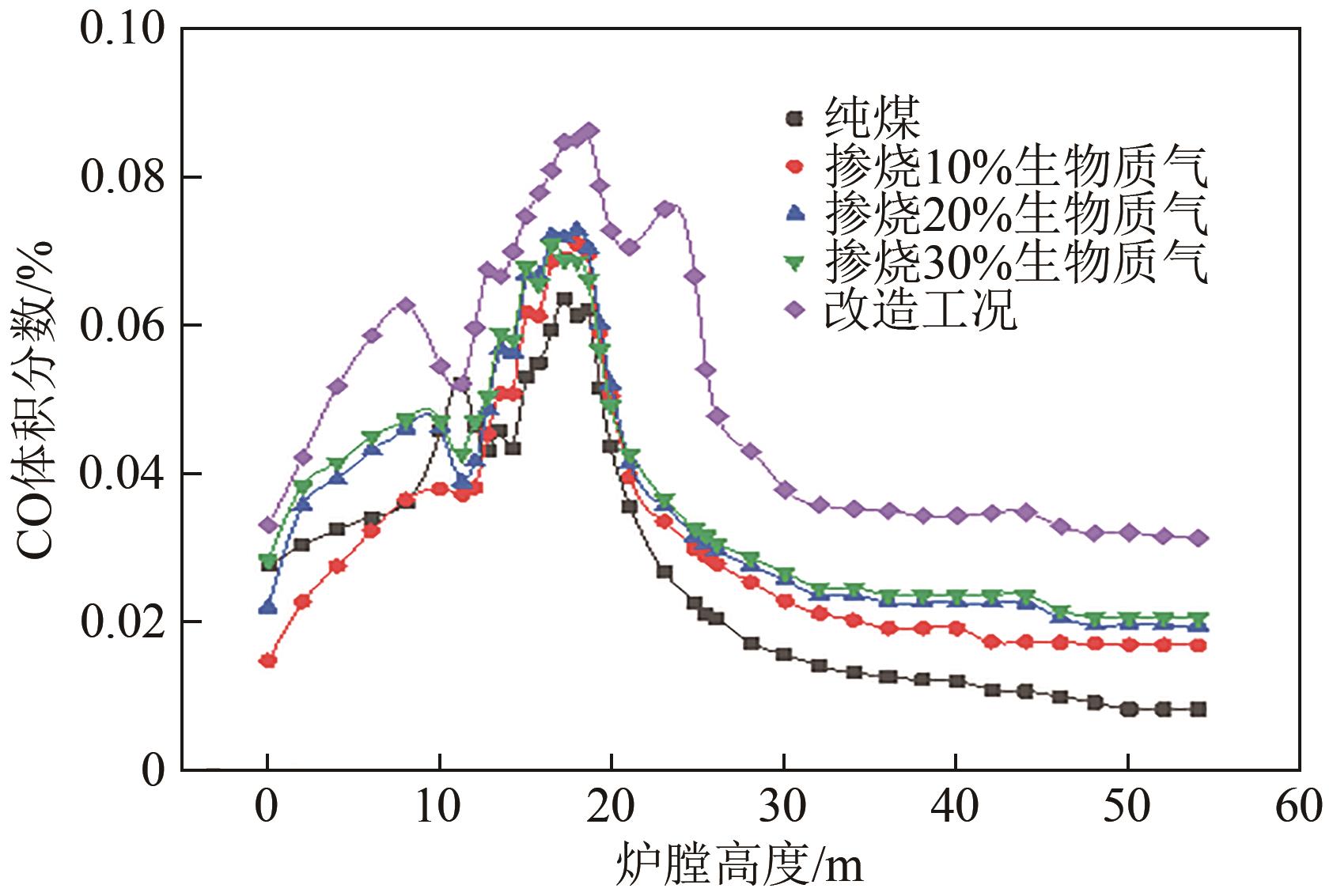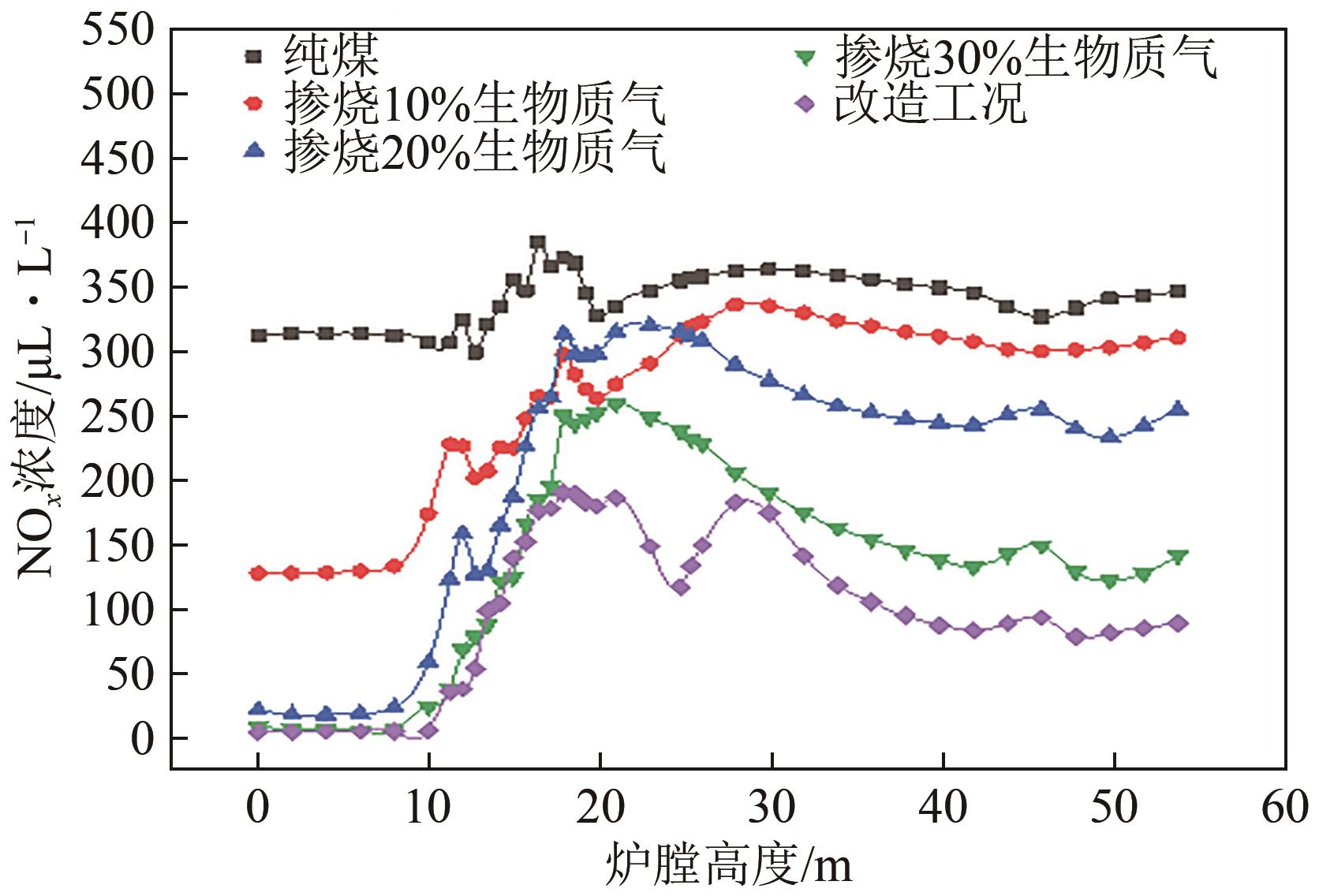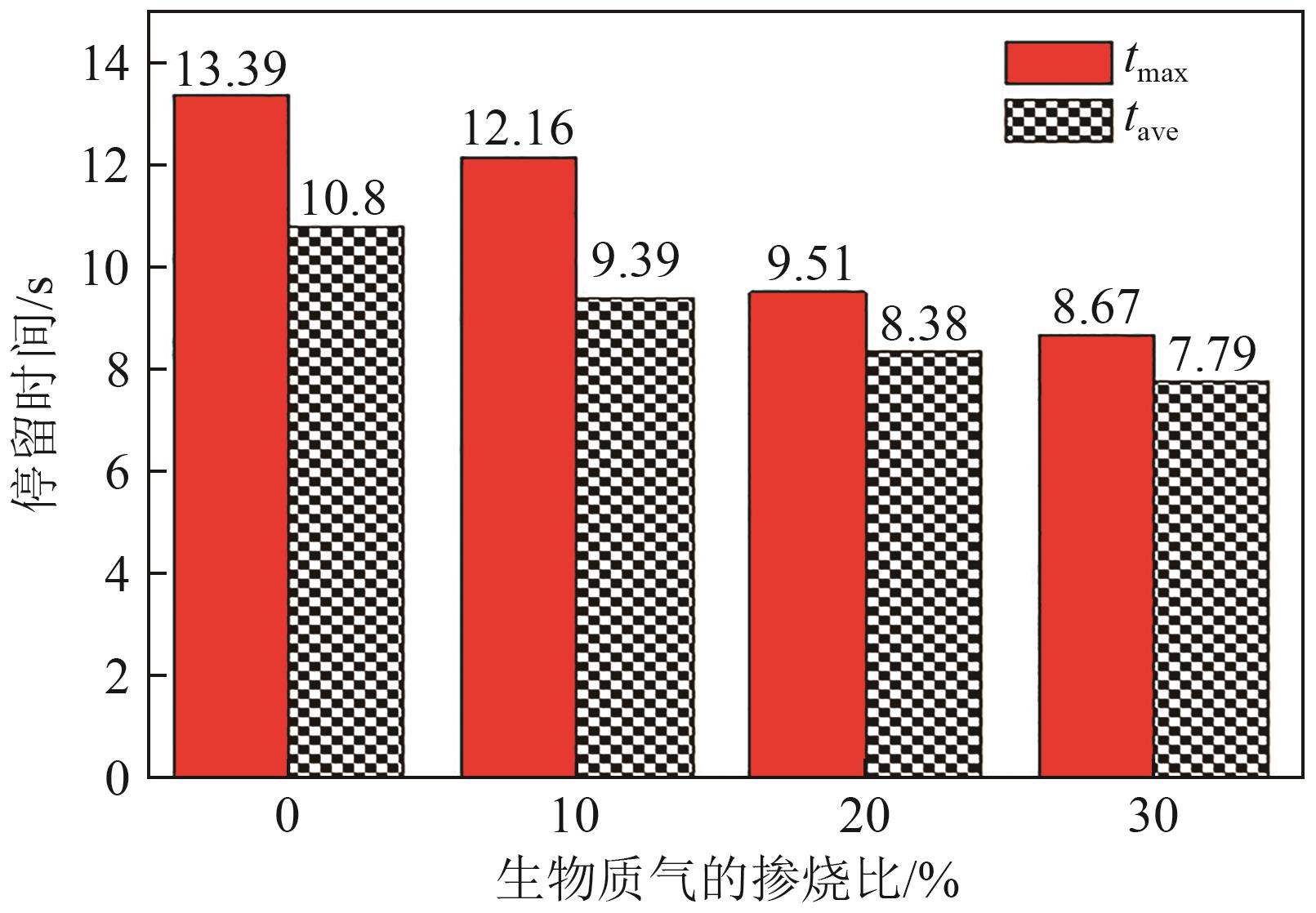| 1 |
李政, 张东杰, 潘玲颖, 等. “双碳”目标下我国能源低碳转型路径及建议[J]. 动力工程学报, 2021, 41(11): 905-909.
|
|
LI Zheng, ZHANG Dongjie, PAN Lingying, et al. Low-carbon transition of China’s energy sector and suggestions with the‘Carbon-peak and carbon-neutrality’ target[J]. Journal of Chinese Society of Power Engineering, 2021, 41(11): 905-909.
|
| 2 |
马学礼, 王笑飞, 孙希进, 等. 燃煤发电机组碳排放强度影响因素研究[J]. 热力发电, 2022, 51(1): 190-195.
|
|
MA Xueli, WANG Xiaofei, SUN Xijin, et al. Influence factors of carbon emission intensity of coal-fired power units[J]. Thermal Power Generation, 2022, 51(1): 190-195.
|
| 3 |
陆王琳, 陆启亮, 张志洪. 碳中和背景下综合智慧能源发展趋势[J]. 动力工程学报, 2022, 42(1): 10-18.
|
|
LU Wanglin, LU Qiliang, ZHANG Zhihong. An overview of the integrated energy systems’ development under the background of carbon neutralization[J]. Journal of Chinese Society of Power Engineering, 2022, 42(1): 10-18.
|
| 4 |
杨斌, 刘仲铠, 林柯利, 等. 面向碳中和与先进动力的燃烧反应动力学研究方法进展[J]. 清华大学学报(自然科学版), 2022, 62(4): 663-677.
|
|
YANG Bin, LIU Zhongkai, LIN Keli, et al. Towards carbon neutrality and advanced engines: Progress in combustion kinetics research methods[J]. Journal of Tsinghua University (Science and Technology), 2022, 62(4): 663-677.
|
| 5 |
李加护, 王小涛, 高硕, 等. 300MW燃煤锅炉掺烧生物质燃气的数值模拟[J]. 动力工程学报, 2020, 40(6): 440-446.
|
|
LI Jiahu, WANG Xiaotao, GAO Shuo, et al. Numerical simulation on co-firing characteristics of coal and biomass gas in a 300MW boiler[J]. Journal of Chinese Society of Power Engineering, 2020, 40(6): 440-446.
|
| 6 |
DONG Changqing, YANG Yongping, YANG Rui, et al. Numerical modeling of the gasification based biomass co-firing in a 600MW pulverized coal boiler[J]. Applied Energy, 2010, 87(9): 2834-2838.
|
| 7 |
KARAMPINIS E, NIKOLOPOULOS N, NIKOLOPOULOS A, et al. Numerical investigation Greek lignite/cardoon co-firing in a tangentially fired furnace[J]. Applied Energy, 2012, 97: 514-524.
|
| 8 |
FANG Q Y, MUSA A A B, WEI Y, et al. Numerical simulation of multifuel combustion in a 200MW tangentially fired utility boiler[J]. Energy & Fuels, 2012, 26(1): 313-323.
|
| 9 |
王春波, 魏建国, 盛金贵, 等. 300MW煤粉/高炉煤气混燃锅炉燃烧特性数值模拟[J]. 中国电机工程学报, 2012, 32(14): 14-19.
|
|
WANG Chunbo, WEI Jianguo, SHENG Jingui, et al. Numerical simulation of combustion characteristics of a 300MW blast furnace gas/pulverized coal combined combustion boiler[J]. Proceedings of the CSEE, 2012, 32(14): 14-19.
|
| 10 |
张小桃, 赵伟, 闻猛. 不同温度生物质气与煤粉混燃过程及污染物排放特性[J]. 热力发电, 2017, 46(9): 47-52.
|
|
ZHANG Xiaotao, ZHAO Wei, WEN Meng. Study on co-combustion process and pollutant emission characteristics of biomass gas and pulverized coal at different temperatures[J]. Thermal Power Generation, 2017, 46(9): 47-52.
|
| 11 |
张小桃, 张卫东, 慕昊良, 等. 600MW机组燃煤锅炉耦合生物质气再燃污染物排放研究[J]. 热力发电, 2021, 50(6): 26-32.
|
|
ZHANG Xiaotao, ZHANG Weidong, MU Haoliang, et al. Pollutant emission of a 600MW coal-fired boiler coupled with biomass gas reburning[J]. Thermal Power Generation, 2021, 50(6): 26-32.
|
| 12 |
黄晟, 王静宇, 郭沛, 等. 碳中和目标下能源结构优化的近期策略与远期展望[J]. 化工进展, 2022, 41(11): 5695-5708.
|
|
HUANG Sheng, WANG Jingyu, GUO Pei, et al. Short-term strategy and long-term prospect of energy structure optimization under carbon neutrality target[J]. Chemical Industry and Engineering Progress, 2022, 41(11): 5695-5708.
|
| 13 |
杨学萍. 碳中和背景下现代煤化工技术路径探索[J]. 化工进展, 2022, 41(7): 3402-3412.
|
|
YANG Xueping. Exploration on technical path of modern coal chemical industry under the background of carbon neutralization[J]. Chemical Industry and Engineering Progress, 2022, 41(7): 3402-3412.
|
| 14 |
周红军, 周颖, 徐春明. 中国碳中和目标下CO2转化的思考与实践[J]. 化工进展, 2022, 41(6): 3381-3385.
|
|
ZHOU Hongjun, ZHOU Ying, XU Chunming. Exploration of the CO2 conversion under China’s carbon neutrality goal[J]. Chemical Industry and Engineering Progress, 2022, 41(6): 3381-3385.
|
| 15 |
VEKEMANS O, J-P LAVIOLETTE, CHAOUKI J. Reduction of pulverized coal boiler’s emissions through ReEngineered Feedstock™ co-combustion[J]. Energy, 2016, 101: 471-483.
|
| 16 |
CHANG Jian, ZHOU Zhijian, MA Xinrui, et al. Computational investigation of hydrodynamics, coal combustion and NO x emissions in a tangentially fired pulverized coal boiler at various loads[J]. Particuology, 2022, 65: 105-116.
|
| 17 |
XING Jiangkuan, LUO Kun, WANG Haiou, et al. A DNS study on temporally evolving jet flames of pulverized coal/biomass co-firing with different blending ratios[J]. Proceedings of the Combustion Institute, 2021, 38(3): 4005-4012.
|
| 18 |
LI Zixiang, QIAO Xinqi, MIAO Zhengqing. A novel burner arrangement scheme with annularly combined multiple airflows for wall-tangentially fired pulverized coal boiler[J]. Energy, 2021, 222: 119912.
|
| 19 |
张迪. 煤粉锅炉优化燃烧及降低NO x 生成的数值研究[D]. 大连: 大连理工大学, 2022.
|
|
ZHANG Di. Numerical study on optimizing combustion and reducing NO x generation in pulverized coal boiler[D]. Dalian: Dalian University of Technology, 2022.
|
| 20 |
王俊. 生物质掺混对煤粉锅炉燃烧及NO x 排放影响的数值模拟研究[D]. 济南: 山东大学, 2022.
|
|
WANG Jun. Numerical simulation research on the influence of biomass blending on the combustion and NO x emission of pulverized coal boiler[D]. Jinan: Shandong University, 2022.
|
| 21 |
程含含. 基于焦炉煤气掺烧的煤粉锅炉低负荷低氮燃烧性能数值模拟研究[D]. 贵阳: 贵州大学, 2022.
|
|
CHENG Hanhan. Numerical simulation study on low load and low nitrogen combustion performance of pulverized coal boiler based on coke oven gas mixed combustion[D]. Guiyang: Guizhou University, 2022.
|
| 22 |
范宝田, 严祯荣, 胡玉龙. 高硫煤四角切圆锅炉贴壁风倾角对水冷壁高温腐蚀影响研究[J]. 热力发电, 2022, 51(3): 88-95.
|
|
FAN Baotian, YAN Zhenrong, HU Yulong. Research on influence of water wall adhering wind dip angle on high temperature corrosion in tangentially-fired boiler burning high sulfur coal[J]. Thermal Power Generation, 2022, 51(3): 88-95.
|
| 23 |
王爽奇, 田宇, 龚迎莉, 等. 330MW煤粉锅炉掺烧生物质气化气对锅炉性能的影响分析[J]. 电力学报, 2021, 36(5): 397-403.
|
|
WANG Shuangqi, TIAN Yu, GONG Yingli, et al. Analysis on effect of boiler performance of mixed burning biomass gasification gas in a 330MW pulverized coal boiler[J]. Journal of Electric Power, 2021, 36(5): 397-403.
|
| 24 |
陈明燕. 1000MW级S-CO2煤粉锅炉NO x 生成特性与超低排放方案研究[D]. 南京: 东南大学, 2021.
|
|
CHEN Mingyan. Research on NO x generation mechanism and ultra-low emission scheme of 1000MW S-CO2 pulverized coal boiler[D]. Nanjing: Southeast University, 2021.
|
| 25 |
李凡. 600MW煤粉锅炉煤粉与污泥混燃数值模拟研究[D]. 太原: 太原理工大学, 2021.
|
|
LI Fan. Numerical simulation on co-combustion of pulverized coal with sludge in a 600MW coal-fired boiler[D]. Taiyuan: Taiyuan University of Technology, 2021.
|
 ), 严祯荣1,3(
), 严祯荣1,3( ), 苏厚德2, 刘岑凡4, 宋玉娟5
), 苏厚德2, 刘岑凡4, 宋玉娟5
 ), YAN Zhenrong1,3(
), YAN Zhenrong1,3( ), SU Houde2, LIU Cenfan4, SONG Yujuan5
), SU Houde2, LIU Cenfan4, SONG Yujuan5


